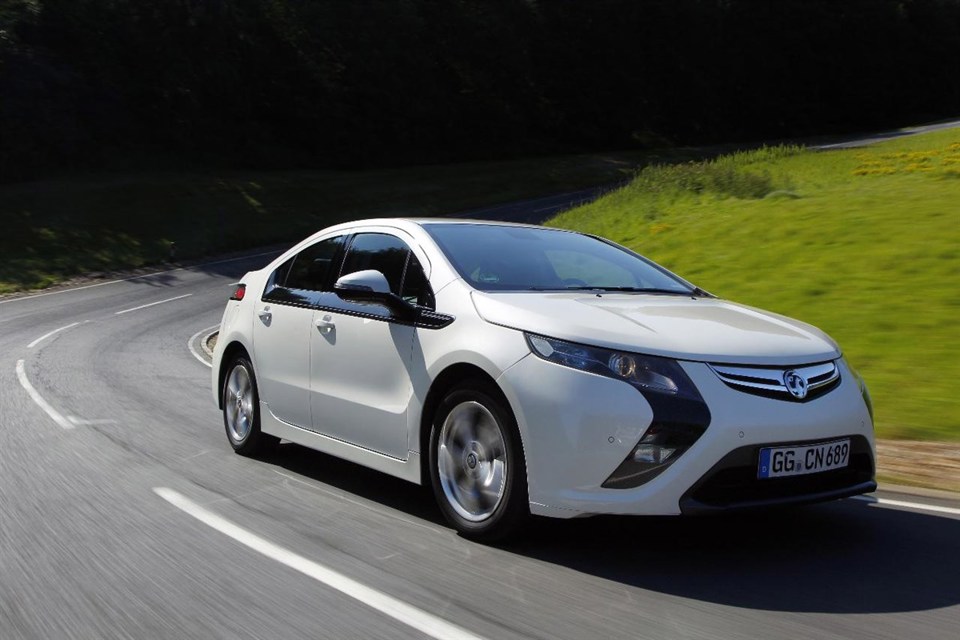Most of us know the official fuel consumption figures for vehicles are pretty meaningless in the real world.
The tests are carried out in lab conditions on a rolling road so bear little relation to everyday conditions encountered on the road.
Some of us are able to better the ‘official combined’ fuel consumption figure (a mathematical average of both the urban and extra urban figures), while many of us never seem to get near.
However, these are the only figures manufacturers are legally allowed to publish in relation to car fuel consumption, and assuming all manufacturers work as hard as each other to optimise individual vehicles used in testing, it’s a useful benchmark for comparing one vehicle against another.
But the official tests for fuel consumption were designed around car powered solely by the internal combustion engine.
There are complaints when people driving conventional cars don’t match up to figures, but the loudest whining is often associated with petrol-electric hybrids.
The latest development of the hybrid vehicle concept is the Vauxhall Ampera. It performs like a fully electric vehicle in that its wheels are always driven by the electric motor.
But it also carries with it a 1.4-litre petrol engine which keeps charging the battery after the 40-mile plug-in range has been spent.
Vauxhall tells us it will travel for a further 310 miles with the battery charged by the engine, while refuelling with petrol will guarantee range indefinitely.
Vauxhall also published material on fuel consumption for the Ampera when we drove it in June, stating that running it in extended range mode was equivalent to 175mpg.
Assuming it includes the 40 miles of plug-in power then I can kind of see where Vauxhall is coming from with this statement.
And for many owners, the Ampera may go days or weeks without relying on the contents of the fuel tank.
But I was more interested in the fuel consumption of the engine when charging the battery.
For example, how many company car drivers will be bothered to plug in their Ampera frequently when they know it will run just as well using the engine to charge the battery?
A similar number to those who ran bi-fuel vehicles and hardly ever went to the LPG pump, perhaps.
Vauxhall said as the engine is optimised to charge the battery, it runs far more efficiently than an engine used to drive a car.
The best indication of fuel consumption when running on the engine is to divide the range (we are told 310 miles) by the fuel tank capacity in gallons.
Despite the car we drove being an advanced prototype, Vauxhall was rather vague about fuel tank capacity.
Eventually we were told “eight to 10 gallons”, which would make sense for a medium sized car whose engine was not its primary power source.
But 310 miles divided by eight gallons results in fuel consumption of about 39mpg.
Vauxhall admits that the current official test is inadequate for measuring energy consumption in electric vehicles and ‘electric range extended vehicles’.
But if this is the case, all car manufacturers should also refrain from using it to make claims that have even less meaning than those figures relating to fuel consumption of conventional cars.
Beware of mpg figures on range-extended electric vehicles
- By Simon Harris
- |
- 2 August 2010
- News














Login to comment
Comments
No comments have been made yet.